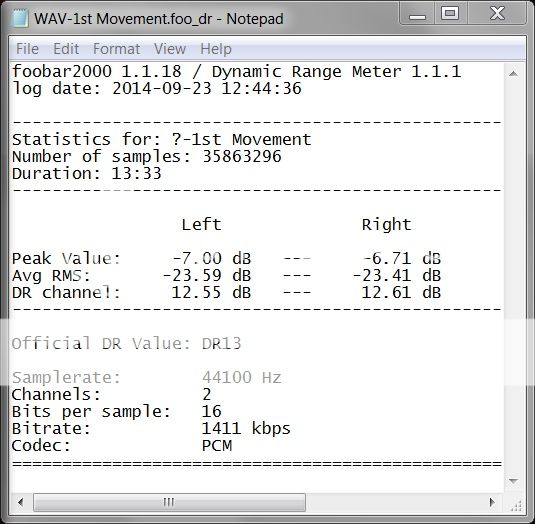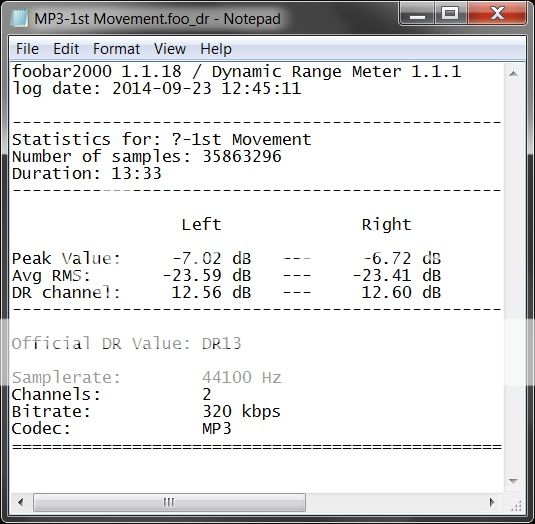They're totally separate things which people often confuse as being the same thing on forums.
'Compressed' files like MP3's and AAC's use reduced bit-rates and clever algorithms to make the file sizes smaller but this doesn't effect their dynamic range which is totally separate and is unrelated to the type of file used or the size of the file.
With regards to audio, dynamic range means the difference in height (volume) between the biggest (loudest) wave peaks and the smallest (quietest) wave peaks. Converting a lossless file to MP3/AAC doesn't alter the dynamic range.
'Compressed' files like MP3's and AAC's use reduced bit-rates and clever algorithms to make the file sizes smaller but this doesn't effect their dynamic range which is totally separate and is unrelated to the type of file used or the size of the file.
With regards to audio, dynamic range means the difference in height (volume) between the biggest (loudest) wave peaks and the smallest (quietest) wave peaks. Converting a lossless file to MP3/AAC doesn't alter the dynamic range.




